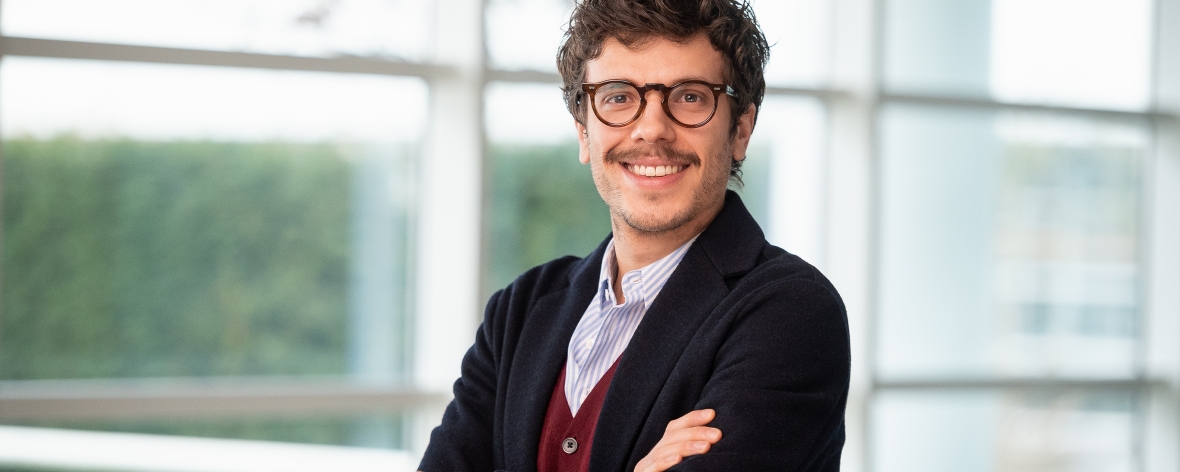News
Inclusive Design as a solution to exclusion
The principle of inclusive design
Inclusive design aims at offering a product or service considering each person’s capabilities, needs and deficiencies as a source of improvement. For Fujitsu, this is a question of understanding and analyzing how users will adapt themselves to suit the interface, by which means and by which environment type and with what limits. This is not about creating an interface usable for all, but to offer equitable access to all, considering the limits of each other. By combining these factors, we will be able to offer the most optimal digital experience as possible, in terms of ergonomics, navigation or even design. Nevertheless, it is necessary to understand what types of users to include from the beginning of our reflection.
User typologies
Accessibility is today a real issue in our thinking methodology and conception. An access often limited or even frustrating for many, and which deprives all the people with deficiencies of exploiting fully or even of using an interface without any blockage. To address this issue, Microsoft has highlighted throughout its guide “Inclusive 101” the use of a searching methodology called Persona Spectrum, which enables to simulate efficiently a maximum of scenarios and to understand all the constraints linked to users’ deficiencies.
These deficiencies are divided into several major typologies. We find: the permanent deficiency (e.g: a deaf or hard of hearing person), temporary deficiency (e.g: a broken hand or arm), a contextual or situational deficiency (e.g: being blinded by the sun) and finally the material deficiency (e.g: a poor-quality screen).
All these deficiencies can be themselves grouped into four categories of disability. Visual, for all the people with blindness or with a visual disability. Physical, which concerns persons with reduced mobility. Auditive, for people with speech or writing impediment. Finally, cognitive, which includes people with attention deficit, memory, reflection, and perception disorders.
Today, there are more than 10% of people with permanent deficiency. While adding people with temporary deficiencies, this figure doubles and increases considerably if we add those in situational, contextual or material deficiency. Figures we must considerate to place inclusive design at the core of each of our design approach and offering a unique digital experience in which each type of user can identify.
Integration in the conception process
Fujitsu has recently rethought and rebuilt its new identity around this inclusivity approach. Visuals, colors, typographies or even shapes are all elements which empower our teams to work in this same direction with all our clients. Inclusive design is part and parcel of our projects, as soon as possible at the beginning of a conception process.
Providing an inclusive reflection requires from our Experience Studio to demonstrate empathy, to have an analysis capability, to project oneself and not imagining an ideal user, but rather a user as he/she is in real life with their strengths and weaknesses.
Identifying all these bottlenecks of “exclusion” enables to raise issues overlooked until then and to bring adapted solutions. This step is obviously important as it gives your project a structure and enables to model your final interface through a reflection fully in line with your expectations, objectives or even activity sector.
This way of understanding must be systematic and is not always easy to implement. Even though at Fujitsu Luxembourg it is omnipresent in our philosophy our thinking, our professional practice, your needs are in the front line. It is necessary to find a middle ground to provide a project as accomplished as possible.
A distorted relationship with reality
In conclusion, inclusive design is for Fujitsu a source of incontestable conception in its working way, even though it is scarcely represented within the digital landscape. Our clients are starting to be aware of the exclusion impact in our society through their companies and are beginning to integrate this inclusion notion and its ability to solve numerous sociological problems.
« Our clients are more and more aware of the exclusion impact in our society through their companies and are beginning to integrate this inclusion notion and its ability to solve numerous sociological problems. »
Obviously, realizing a project with a total master of conception is impossible as features vary from one user to another as there are specific to each user. But the idea, throughout this refection, is to simply become aware of our relationship to a distorted reality and to put oneself in the shoes of a user is not sufficient today to offer a unique digital experience, able to break the barriers imposed by the human being. It is essential to evaluate your project under all its aspects to let little space to exclusion related issues.
